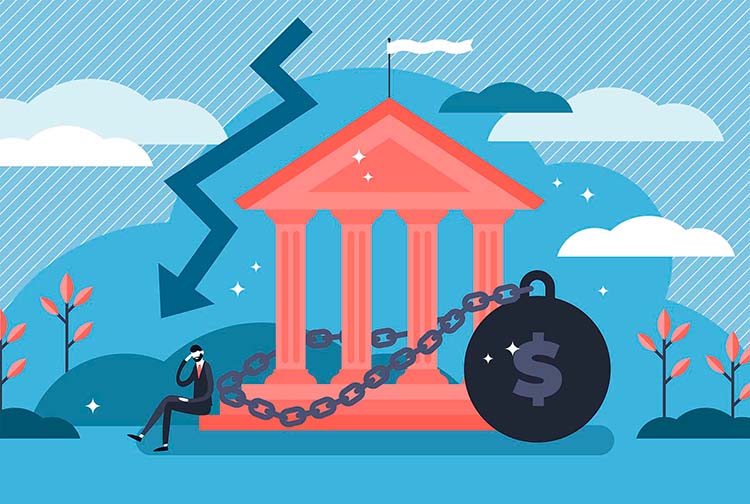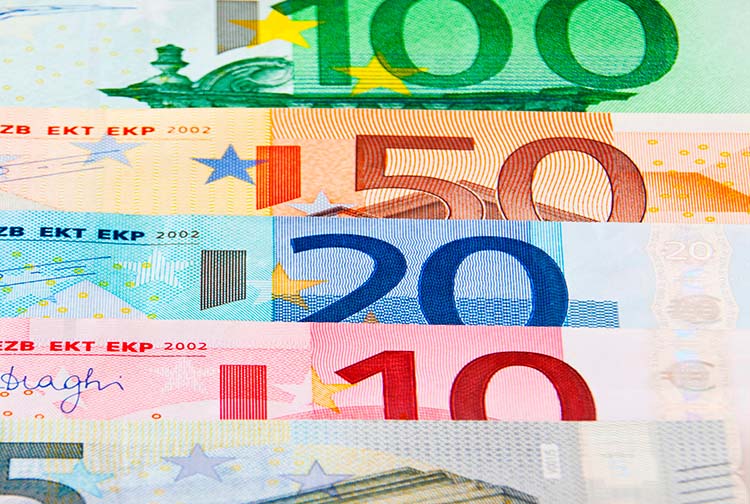

Public debt, a major stimulus to inflation
Over the next three decades, public debt in the United States and other major economies will soar. The need to print money to pay for it and a very limited improvement in productive capacity will make it difficult to keep inflation under control.
The US deficit in 2022 was much smaller than in 2020 and 2021 because of higher revenues and the reduction in the massive stimulus to counter the effects of the pandemic.
However, this figure is misleading. The US Congressional Budget Office forecasts that the annual federal deficit over the period 2022-2052 will average 7.3% of GDP, more than double the average of the past half-century, and will trend upwards year by year, reaching 11.1% of GDP in 2052.
This means that the US federal debt will rise from less than 40% of GDP in 2000 to more than 185% in 2052. The country’s debt-to-output ratio is expected to start skyrocketing in 2024 and surpass its all-time high in 2031, when it will reach 107%.
This huge increase in indebtedness is largely due to rising interest costs, which will more than quadruple over the period and reach 7.2% of GDP in 2052, according to estimates. As for the primary deficit, which excludes net interest outlays, it will almost double over the next 30 years, reaching almost 4 per cent in 2052.
Unintended consequences
This scenario could slow economic growth in the world’s leading power, increase the risk of a fiscal crisis and limit political room for manoeuvre in the face of future crises.
It also makes it difficult to contain inflation if we take into account that it will be increasingly difficult to increase productive capacity: low birth rates will make it increasingly difficult to replace retiring baby boomers, which could reduce the available labour force, while productivity growth tends to slow down.
If central banks in the United States and other economic powers are forced to multiply money printing to deal with public debt and the supply of goods and services on the market does not grow at the same rate, this imbalance will stimulate inflation. As the money in circulation increases more than the goods and services available, prices tend to rise.
Who is the one to bell the cat?
The only feasible measure to limit the debt ratio would be to restrict public spending, but it is difficult for any politician, regardless of political persuasion, to dare to propose such an unpopular measure. As a result, public spending and the resulting deficits, both in Europe and the United States, are likely to continue to rise unchecked for decades to come.
Instead of tackling the problem, politicians prefer to sweep it under the carpet. The next generation will find it.
If you want to discover the best option to protect your savings, enter Preciosos 11Onze. We will help you buy at the best price the safe-haven asset par excellence: physical gold.
Leave a Reply
You must be logged in to post a comment.





Quin futur més negre, q tindrà el nostre jovent.
Pel bé de tots…, esperem que no sigui exactament tant i tant negre. Moltes gràcies pel teu comentari, Manel!!!
Gràcies!
Gràcies, Joan!!!
😲
Gràcies, Jordi!!!
Frase lapidària, en la conclusió.🤔
Moltes gràcies pel teu comentari, Mercè!!!